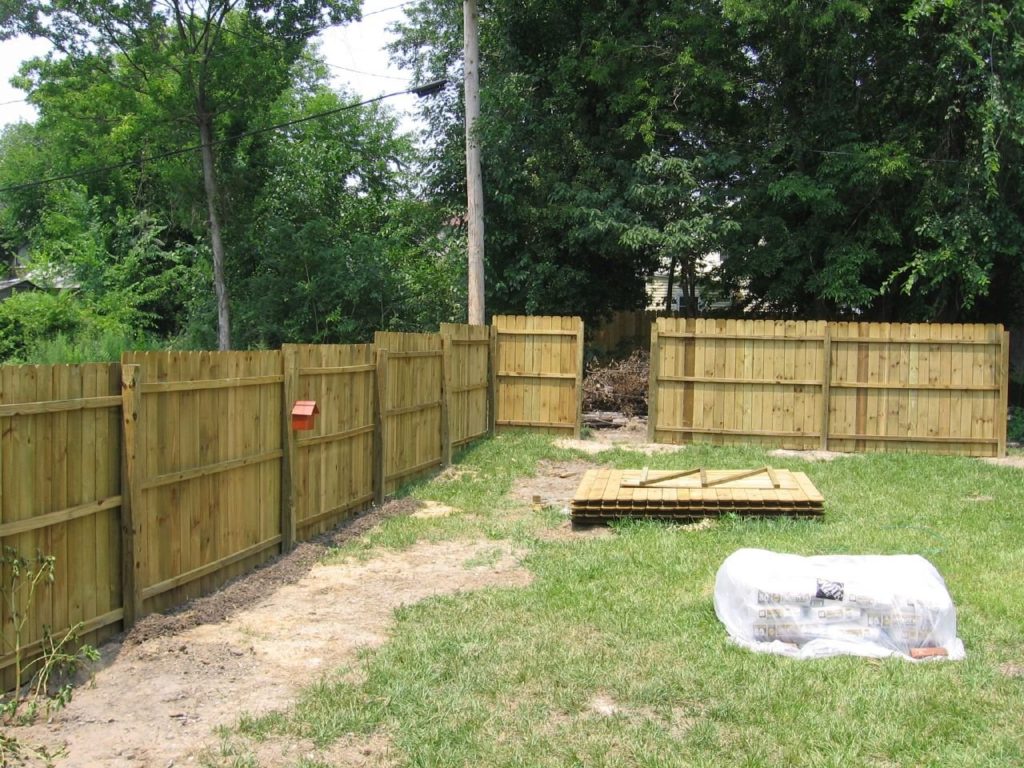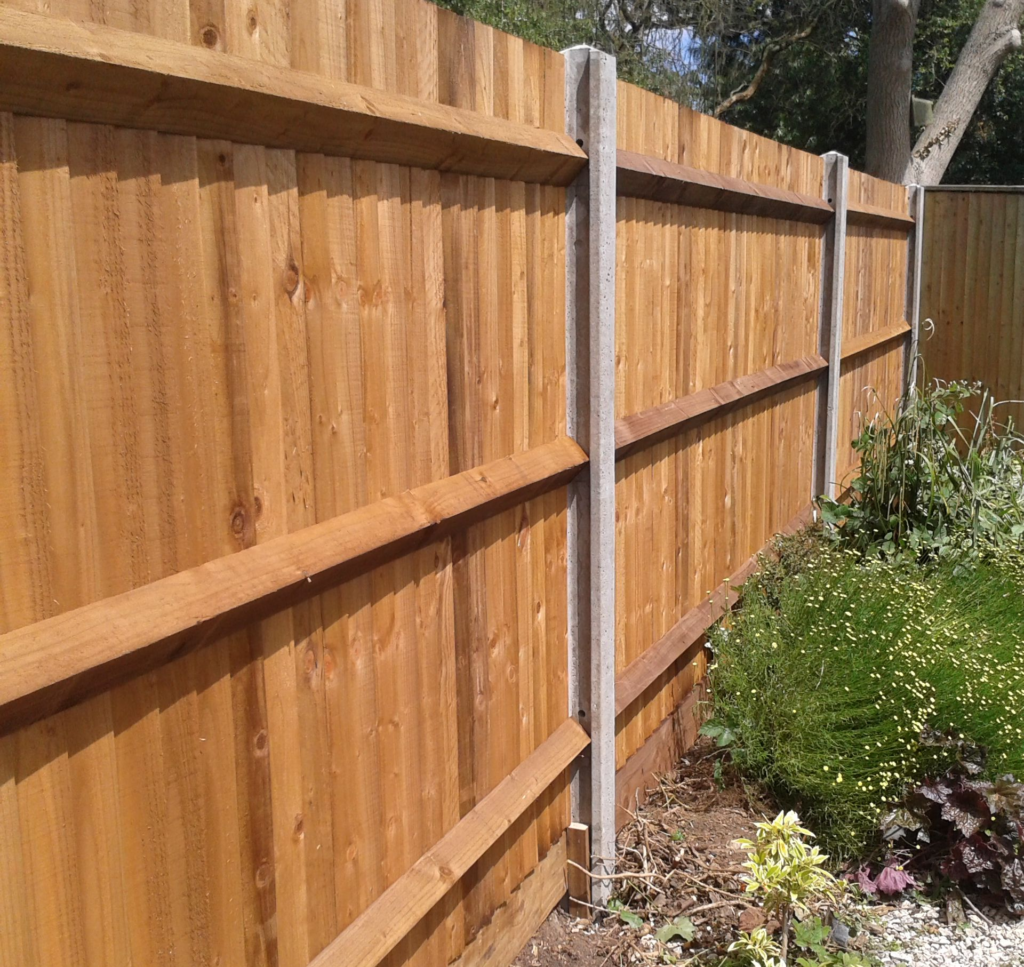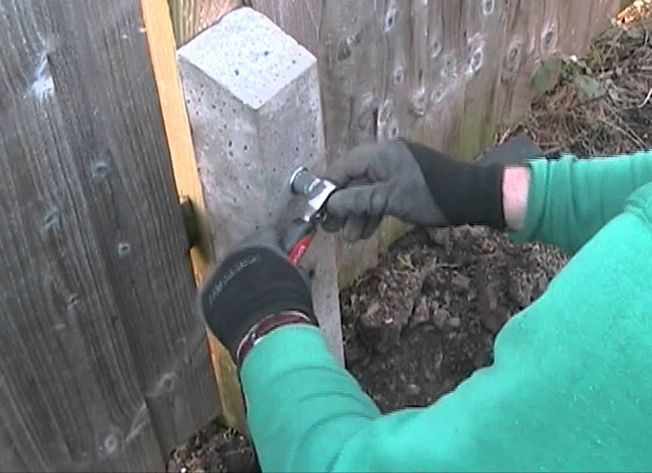Concrete Fence Posts, Timber Fence Posts & Concrete Spurs
When it comes to aesthetics timber posts produce a much more natural look than concrete spurs. It is relatively easy to match them to your fence panels and create a wooden perimeter that looks consistent. They blend in better with trees, vegetation and decking and can have an ornate timber fence cap added.

However, concrete is an incredibly durable building material requiring minimal levels of maintenance. Concrete spurs last for around 25 years compared to 10 to 15 years for treated spruce. If untreated the spruce may need replacing in under 5 years. Once they begin to rot they also start to pose a safety risk if not replaced soon. Concrete, however, is not immune to damage over time. Wind and rain will cause concrete posts to crack and chip. Eventually, this process will expose the interior wire which will rust and weaken the structure eventually causing its own health and safety issues.
Once concrete fence posts are installed they require no treatment and only minimal upkeep for their entire lifespan. The biggest challenge with concrete posts is to make sure that water doesn’t get into the foundations of the posts as freezing water can expand and over time loosen the fence post. Timber fence posts will require treating every 1 or 2 years depending on the timber. However, it should be noted that concrete posts are almost always supporting wooden fence panels which will need treating regularly anyway and you can just include timber post treatment in your usual panel maintenance.
Due to concretes weight installing a concrete fence post or panel will generally require more than one person to fit. Timber is much lighter and it is often possible to be installed by just one person depending on the type of wood used and the size of the post.

There is a potential security risk when installing concrete fence posts with timber fence panels. Potentially intruders could compromise the fence barrier merely by sliding the fencing panel out of position. Timber fence panels can be screwed directly to the timber posts once installed. Timber fence caps can also add an additional element of security as the caps would also need to be removed to move the fence panel. Fixed timber fence posts and panels also provide the additional benefit of not rattling in the wind.
Concrete posts are slightly more expensive than timber. However, when you factor in the cost of treatment, maintenance and their shorter lifespan the long term savings in concrete often make them cheaper over the life of the fence.
Concrete spurs provide an economical alternative to replacing wooden fence posts that have rotted away at ground level. They are also suitable for use with new timber posts, concrete spurs enhance the life of the post. To install concrete spurs you must dig a hole next to the post for the spur, bolt the spur to the post and secure it by filling the hole with cement. They are resistant to moisture and rust, the post will reinforce the fence for a long period. Spurs are considerably cheaper than new posts and can make ageing or wind damaged fences a whole new lease of life.

If you are based in the Surrey area and would like a quote or have further questions regarding fence repairs please click here.